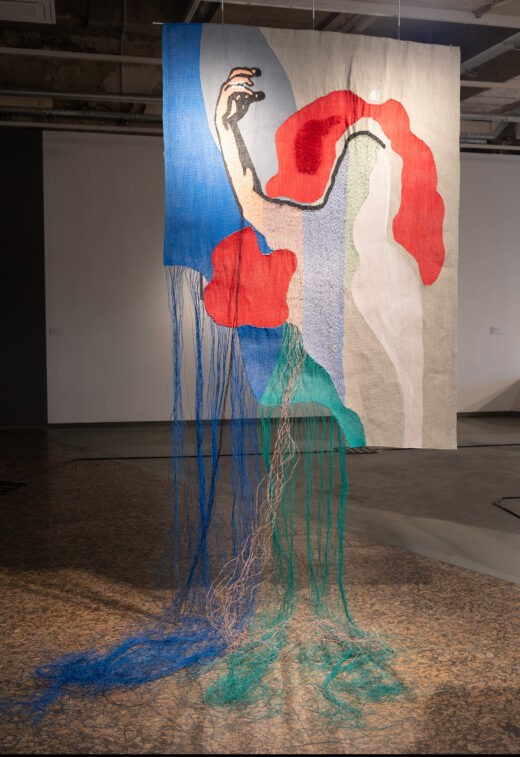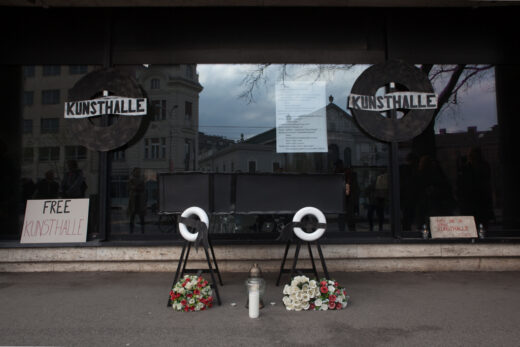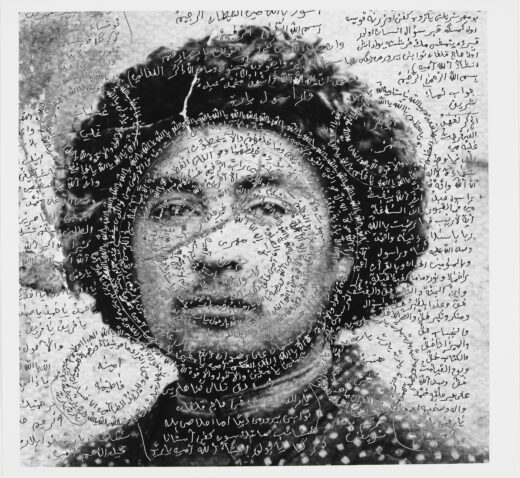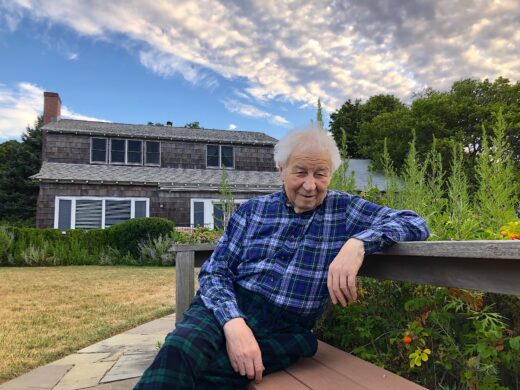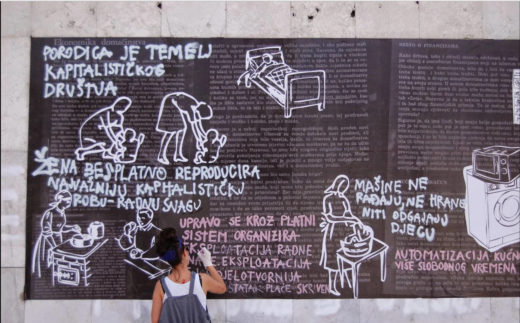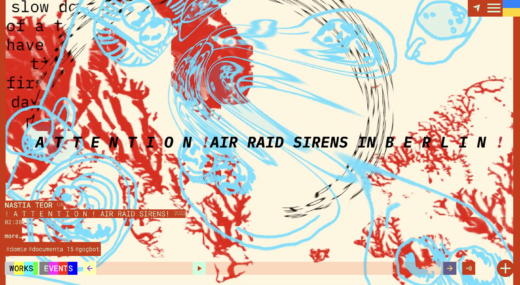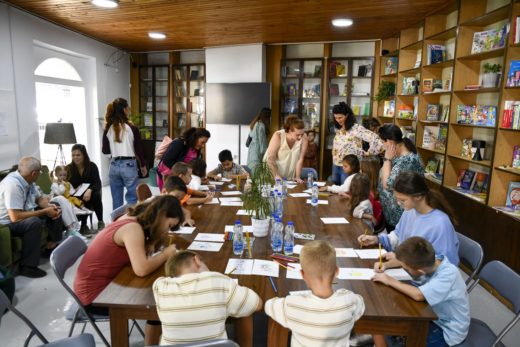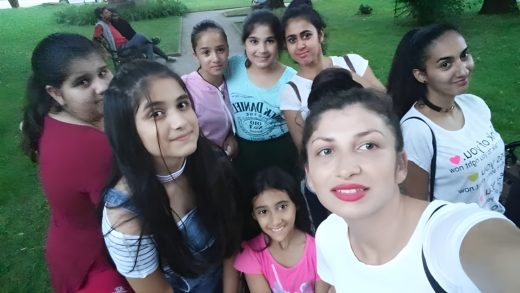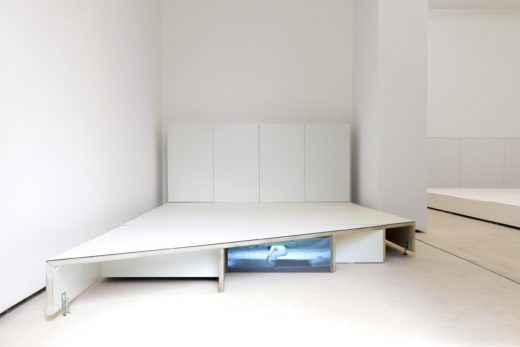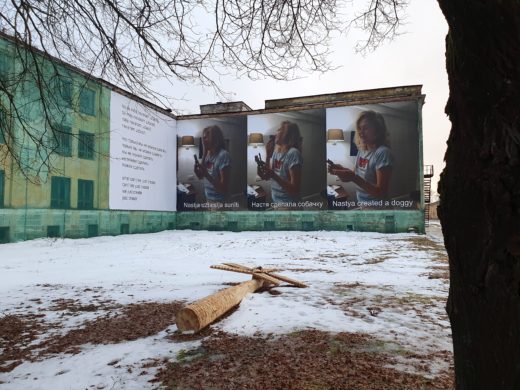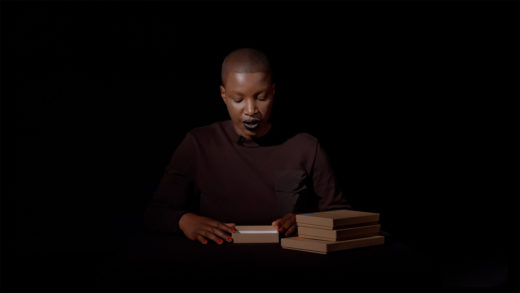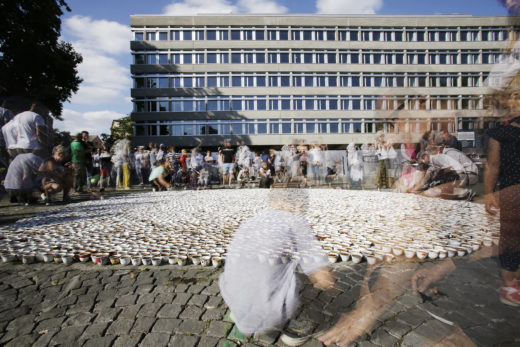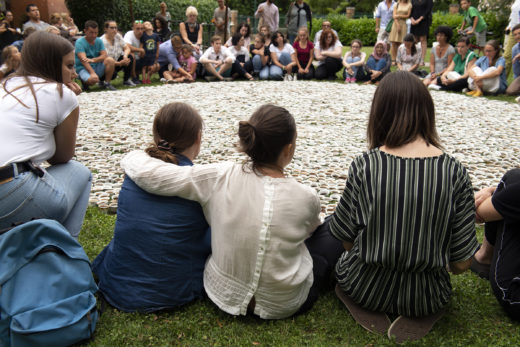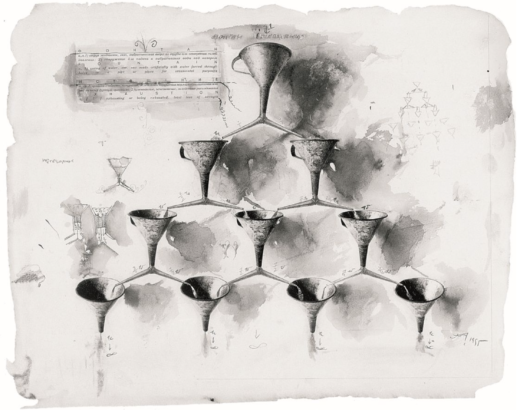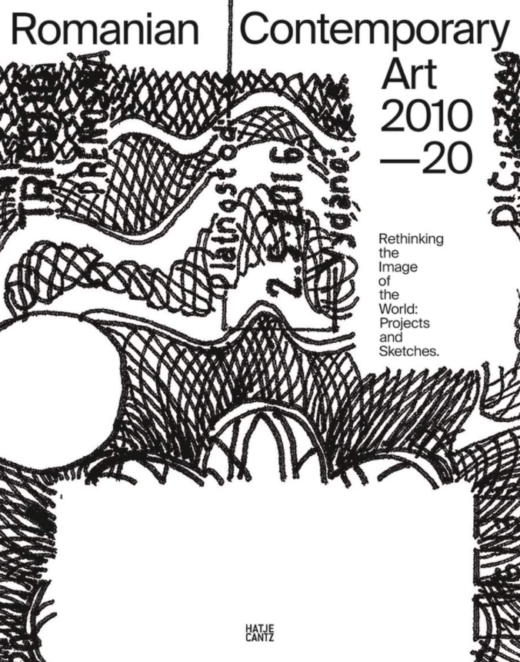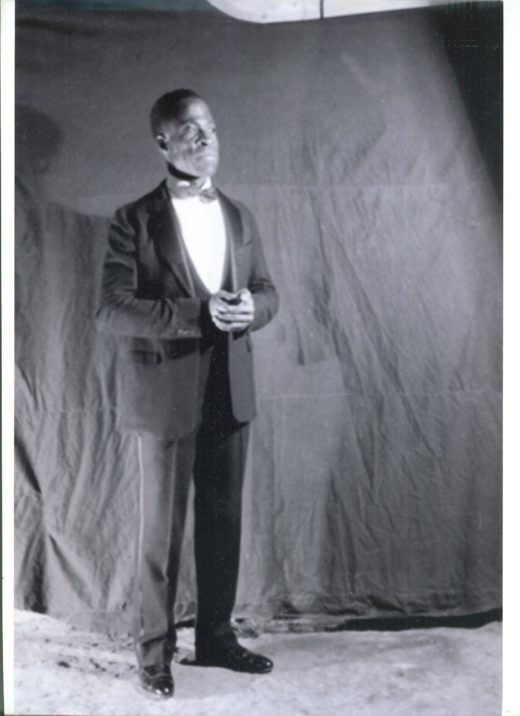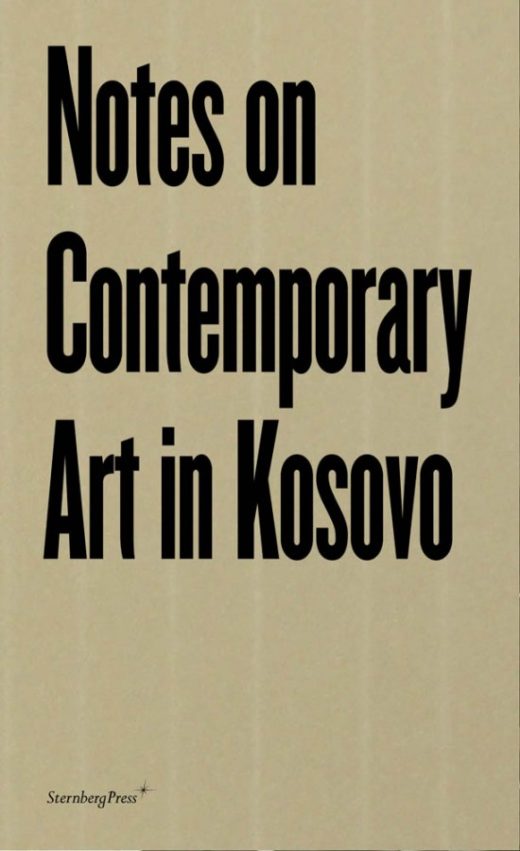The Aesthetics of Economic Migration: nGbK’s Gastarbeiter 2.0 Exhibition
Gastarbeiter 2.0: Arbeit means Rad, at nGbK Berlin, April 13 – June 16, 2024
Jelena Fužinato’s mobile structure Builder’s Daughter: Everything is Peachy stands at the entrance to Gastarbeiter 2.0: Arbeit means Rad, an ambitious new exhibition hosted by the Neue Gesellschaft für bildende Kunst (nGbK). Composed from the same gleaming chrome as all of the installations in the exhibition, the piece takes the form of scaffolding holding a landscape painting of the artist’s home in Prijedor (Bosnia and Herzegovina), which was assembled with the help of a group of hired workers. Able to be freely moved around the … Read more

